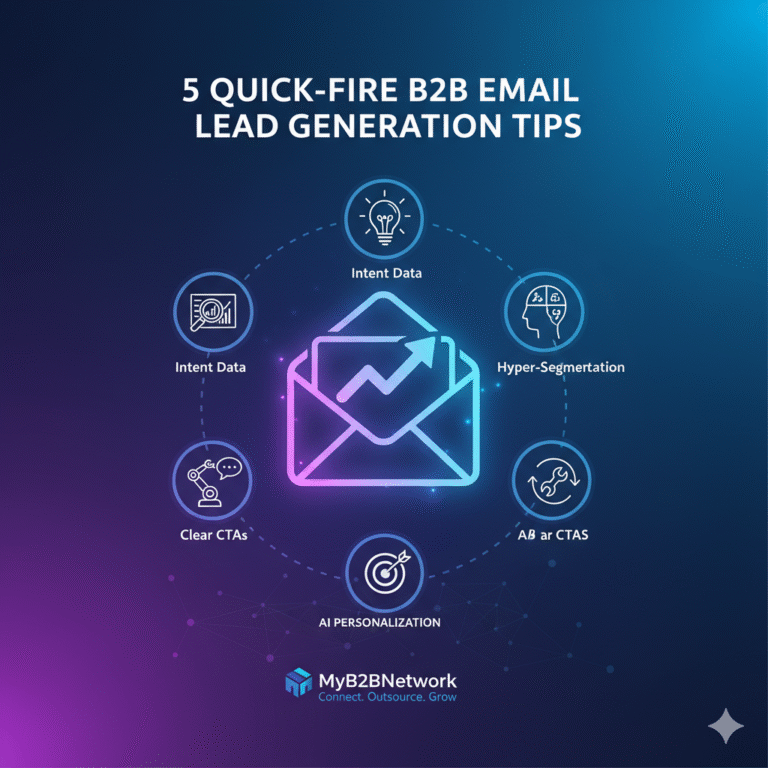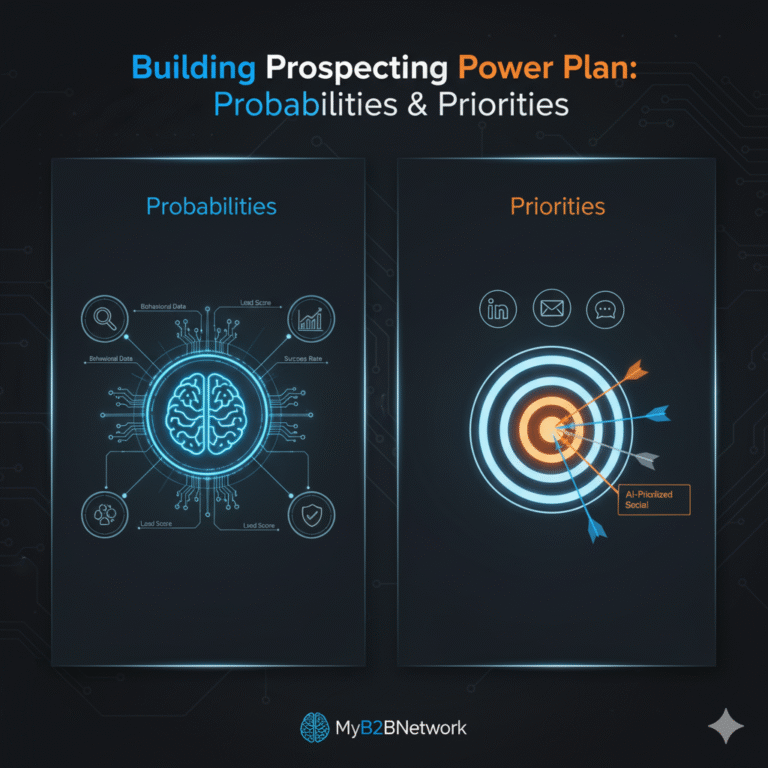
Introduction
In 2025’s data‑driven landscape, essential marketing KPIs (Key Performance Indicators) are vital for small businesses and B2B service marketplaces to measure success, optimize spend, and fuel sustainable growth. By focusing on strategic KPIs, such as website traffic, conversion rates, cost per acquisition, email open rates, and Net Promoter Score—you ensure every dollar and effort directly contributes to your objectives. This guide defines core marketing KPIs, shares the latest industry benchmarks, provides implementation best practices, and offers internal‑linking suggestions to boost both SEO and reader engagement.
Why Marketing KPIs Matter
- Alignment with Strategic Goals:
KPIs translate high‑level business objectives into measurable targets—e.g., “Increase qualified leads by 20 % in Q3”—ensuring marketing activities drive real impact. - Data‑Driven Budget Allocation:
With Google Analytics used by 81.6 % of tracked sites globally, marketers can pinpoint top‑performing channels and trim underperformers. - Continuous Optimization:
Benchmarking against industry averages—like a 34.23 % email open rate or a 6.6 % landing‑page conversion—accelerates iteration and growth.
Core Categories of Marketing KPIs
1. Awareness Metrics
- Website Sessions & New Users: Total visits and first‑time visitor share measure reach and brand discovery.
2. Acquisition Metrics
- Cost Per Acquisition (CPA): Total marketing spend ÷ new customers; aim for CPA below your customer lifetime value (CLV).
- Click‑Through Rate (CTR): Clicks ÷ impressions; Google Ads averages a 6.11 % CTR across industries in 2023.
3. Engagement Metrics
- Bounce Rate: Percentage of single‑page sessions; a healthy benchmark is ~44 % for paid and organic traffic.
- Time on Page & Pages per Session: Gauge content relevance and site usability.
4. Conversion Metrics
- Conversion Rate: Desired actions (purchases, signups) ÷ total visits; landing pages convert at a median 6.6 % across industries in Q4 2024.
- Email Metrics: Open rate ~34.23 % and click‑through rate ~2.66 % on average—key for nurturing campaigns.
5. Retention & Advocacy Metrics
- Customer Churn Rate: Lost customers ÷ starting customer count; strive for under 5 % annual churn in subscription models.
- Net Promoter Score (NPS): Percentage of promoters minus detractors; the global average NPS is +32.
Benchmark Table: 2025 Essential Marketing KPI Averages
| KPI | Benchmark (2024–25) | Source |
|---|---|---|
| Website Conversion Rate | 2.9 % (e‑commerce avg) | Statista—Global Conversion Rates |
| Landing‑Page Conversion Rate | 6.6 % (median) | Unbounce Q4 2024 Report |
| Email Open Rate | 34.23 % | Mailchimp Benchmarks |
| Email Click‑Through Rate | 2.66 % | Mailchimp Benchmarks |
| Google Ads CTR | 6.11 % | WordStream 2023 Data |
| Average Bounce Rate | ~44 % | Unbounce & Databox Reports |
| Cost Per Acquisition (CPA) | Varies by industry | HubSpot CAC Definition |
| Net Promoter Score (NPS) | +32 | SurveyMonkey Global Benchmark |
How to Define & Track Your Marketing KPIs
- Set Clear Objectives: Translate business goals (e.g., “Grow email list by 15 %”) into specific KPI targets.
- Select Relevant KPIs: Choose 5–7 KPIs across awareness, acquisition, engagement, conversion, and retention that align with your objectives.
- Implement Tracking Tools:
- Google Analytics (81.6 % market share) for web behavior and conversion paths.
- CRM Dashboards (e.g., HubSpot) for lead and customer lifecycle metrics.
- Email Platforms (e.g., Mailchimp) for open, click, and unsubscribe rates.
- Benchmark & Target: Use industry data (table above) to set realistic, time‑bound targets.
- Review & Iterate: Conduct monthly reviews, share insights across teams, and adjust tactics based on data.
Emerging Trends for 2025
- AI‑Driven Analytics: Over 60 % of marketers will adopt AI tools for predictive insights and anomaly detection in KPI data.
- Real‑Time Dashboards: Live KPI monitoring via platforms like Databox reduces lag between data collection and decision‑making.
- Privacy‑First Measurement: With cookie less browsers on the rise, first‑party data strategies and server‑side tracking maintain measurement fidelity.
Conclusion
Mastering essential marketing KPIs in 2025 empowers small businesses and B2B marketplaces to allocate resources wisely, optimize campaigns continuously, and demonstrate clear ROI to stakeholders. By defining strategic KPIs, leveraging best‑in‑class benchmarks, and embracing AI‑augmented analytics, you’ll transform raw data into actionable insights—fueling growth, boosting customer loyalty, and securing a competitive edge.





[…] A) with a single “variation” (version B) to determine which drives higher conversions or other KPIs. By randomly assigning your audience to each version, you eliminate bias and gather statistically […]